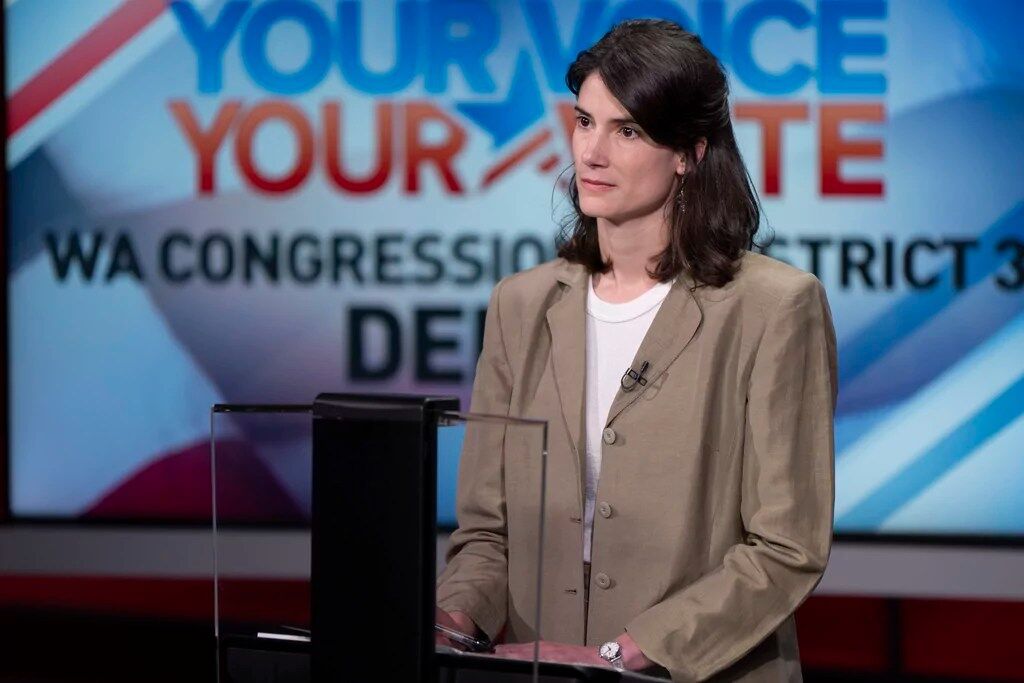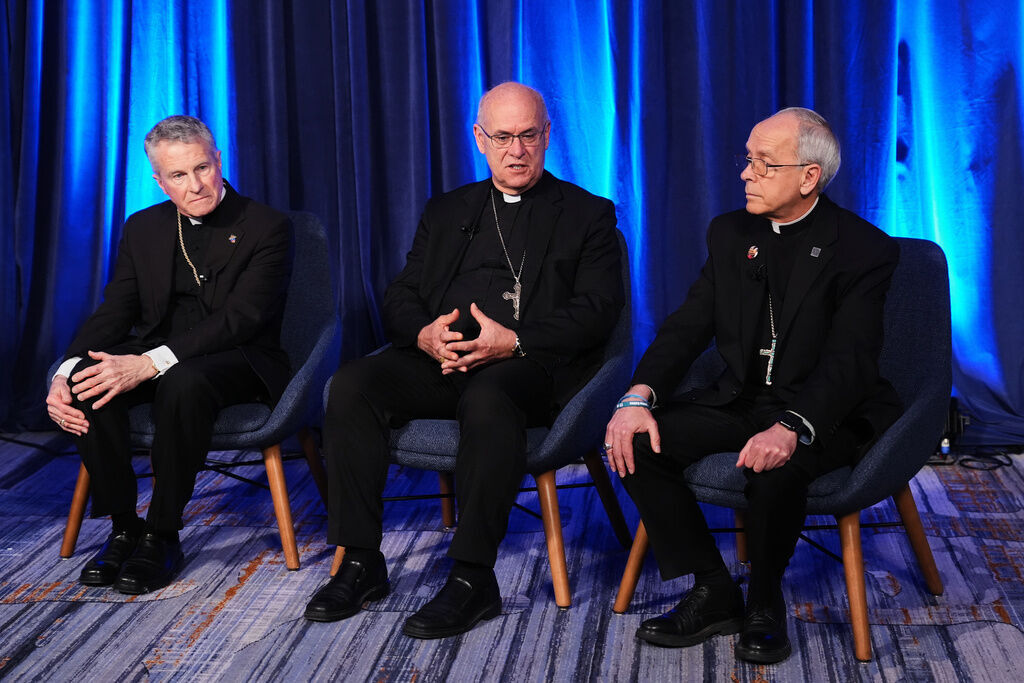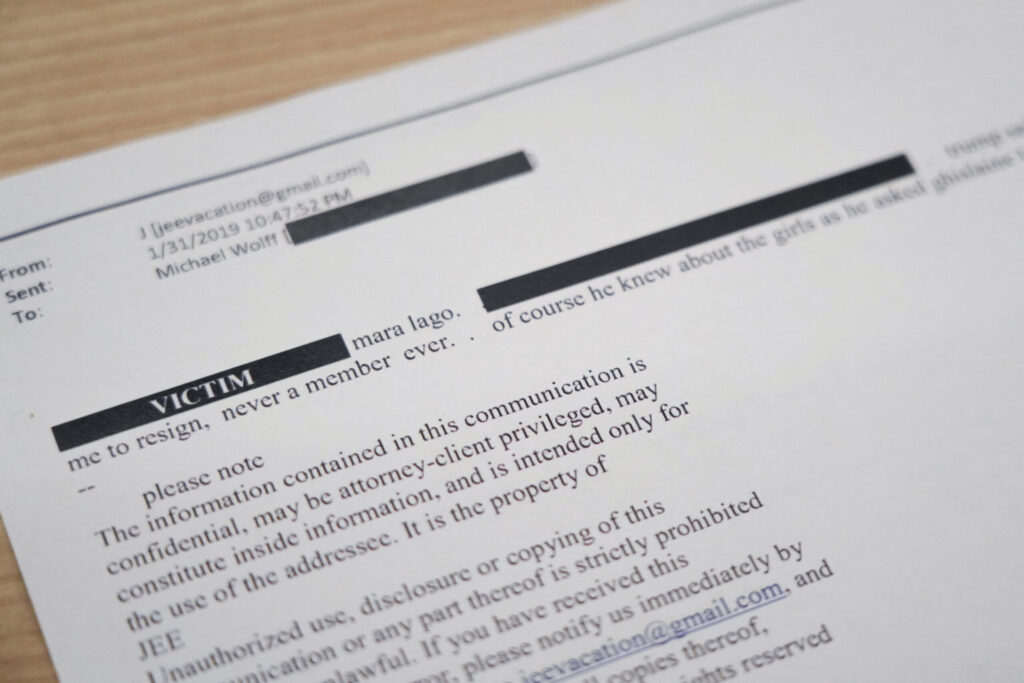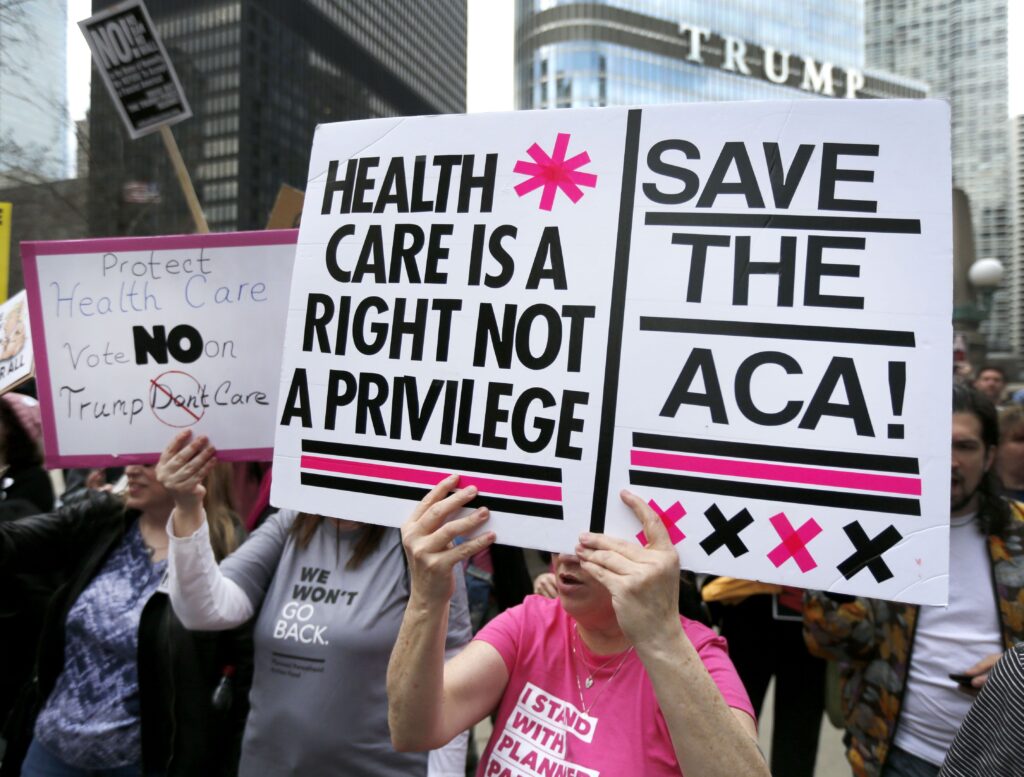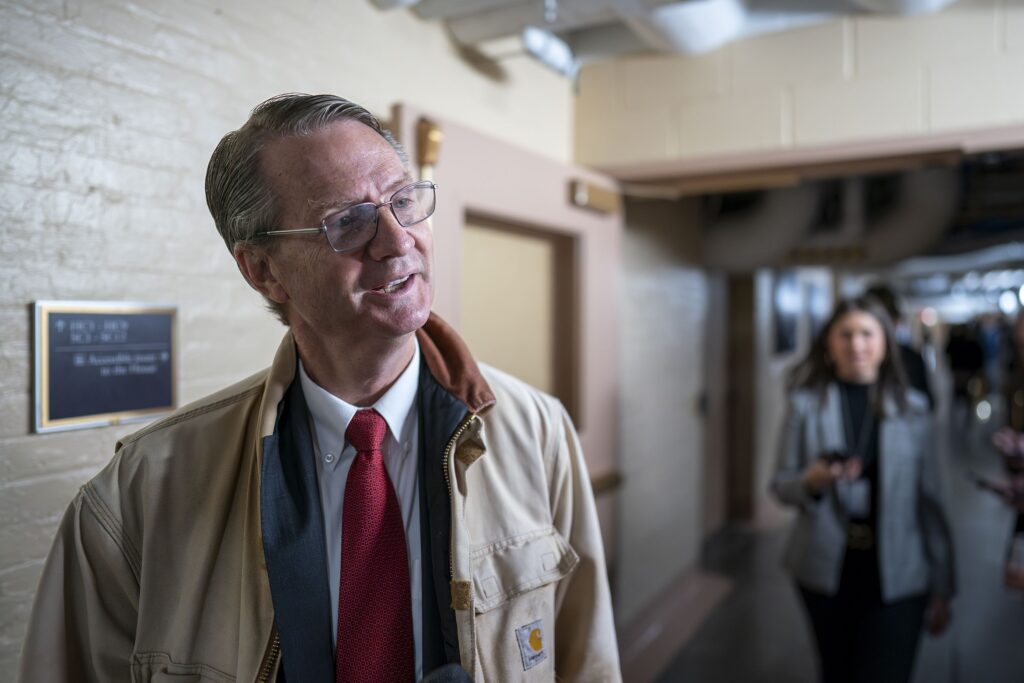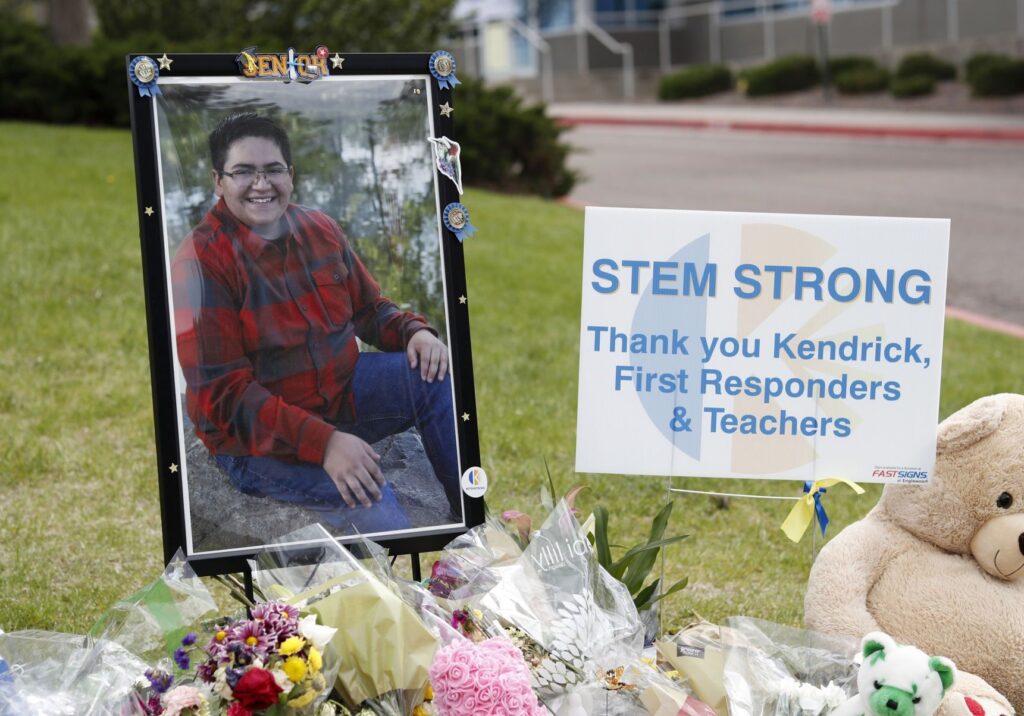Return to normal? What happens now that longest-ever government shutdown is over

The longest government shutdown in U.S. history ended on Wednesday night, but it will take some time before everything is back to normal.
Millions were affected by the government shutdown as it dragged on for weeks, hurting a wide range of Americans, including federal workers, Supplemental Nutrition Assistance Program recipients, and travelers. While the reopening of the government will bring relief to those affected, the timelines vary.
Here’s what to know after the government shutdown:
When do federal workers start getting paid again?
Around 1.4 million federal workers were affected by the government shutdown, with half of them working without pay for six weeks. Historically, workers were given their back pay within a few business days of the government reopening. Federal employment attorney Shaun Southworth said in an Instagram video that this time around shouldn’t be any different.
The White House’s Office of Management and Budget sent a memo, first seen by Semafor, outlining agency-by-agency projections for sending back pay. The administration set a goal of sending out all backlogged payments by Wednesday.
Most paychecks should go out to workers between Sunday and Wednesday.
When will SNAP payments resume?
In the last few weeks, SNAP became the center of the shutdown after the Trump administration announced it would suspend payments, triggering a legal battle. The bill to reopen the government secured SNAP funding through Sept. 2026, meaning a similar crisis won’t unfold even if the government shuts down again in January.
Despite this, the timeline for SNAP to go back to normal remains uncertain. A spokesperson for the U.S. Department of Agriculture, which handles the program, said funds could be available “upon the government reopening, within 24 hours for most states,” the Associated Press reported.
But whether this means that funds will be available on SNAP debit cards or simply available for states is uncertain. The timeline will vary from state to state — an Associated Press analysis found that at least 19 states and the District of Columbia loaded full benefits onto SNAP cards last week.
American Public Human Services Association spokeswoman Jessica Garon estimated to the outlet that the timeline for full SNAP benefits to resume would range from three days to one week.
When and what is reopening?
With the government reopening, locations managed by the federal government will once again open their doors to the public, though not all at once. The Smithsonian, with its 21 museums and the National Zoo, will have a dynamic opening schedule.
A notice on the Smithsonian’s website said the National Museum of American History, the National Air and Space Museum, and the Steven F. Udvar-Hazy Center will reopen on Friday. All remaining museums and the National Zoo will “reopen on a rolling basis by Monday, Nov. 17.”
Washington, D.C., tourist hot spots should reopen quickly as well. No reopening date was given for the U.S. Capitol Visitor Center or the Washington Monument, but after the last shutdown in 2019, it only took a few days.
National parks were largely able to stay at least partially open throughout the shutdown, and those affected should reopen within days.
What’s happening with flights?
Given the cascading effects of flight cancellations, air travel could take the longest to return to normal. The day before the shutdown ended, when the writing was on the wall, Transportation Secretary Sean Duffy warned that flight cuts could continue well after the government reopens.
“We’re at the cusp of hopefully having the government reopened,” he said. “I’m concerned that we’re not going to have, on Day One, controllers come back into the towers right away. I’m asking them to do that. President Trump has asked them to do that. It is their jobs, and they will be paid, but it might not be immediate that they come back in.”
“And so, we’re going to watch, analyze, encourage them to come back,” Duffy added. “But, again, we’re going to start to alleviate the restrictions that — we’re at 6% now — we’ll alleviate that only when the data says we should.”
On Wednesday, he said if the “[Federal Aviation Administration] safety team determines the trend lines are moving in the right direction, we’ll put forward a path to resume normal operation.”
Aviation experts are divided on when exactly flights will go back to normal, with answers ranging from days to weeks. Most agree it will vary from airport to airport and airline to airline. Much depends on the actions of individual air traffic controllers, who have been under tremendous stress even before the shutdown due to shortages.
“Are we assuming that every single air-traffic controller hasn’t picked up a second job and is just going to come back ready to work 60- or 80-hour weeks? Probably not,” Tiffany Funk, cofounder and president of the travel website point.me, told USA Today.
The Senate Committee on Commerce, Science, and Transportation Subcommittee on Aviation, Space, and Innovation will examine the effect of the government shutdown on aviation safety at a Nov. 19 hearing.
“The government shutdown has severely impacted our already fragile aviation industry, and recovering from its effects will take time,” Aviation Subcommittee Chairman Jerry Moran said. “As we work to reopen the government, it’s critical that we address the damage done and look at the long-term effects of the shutdown.”


